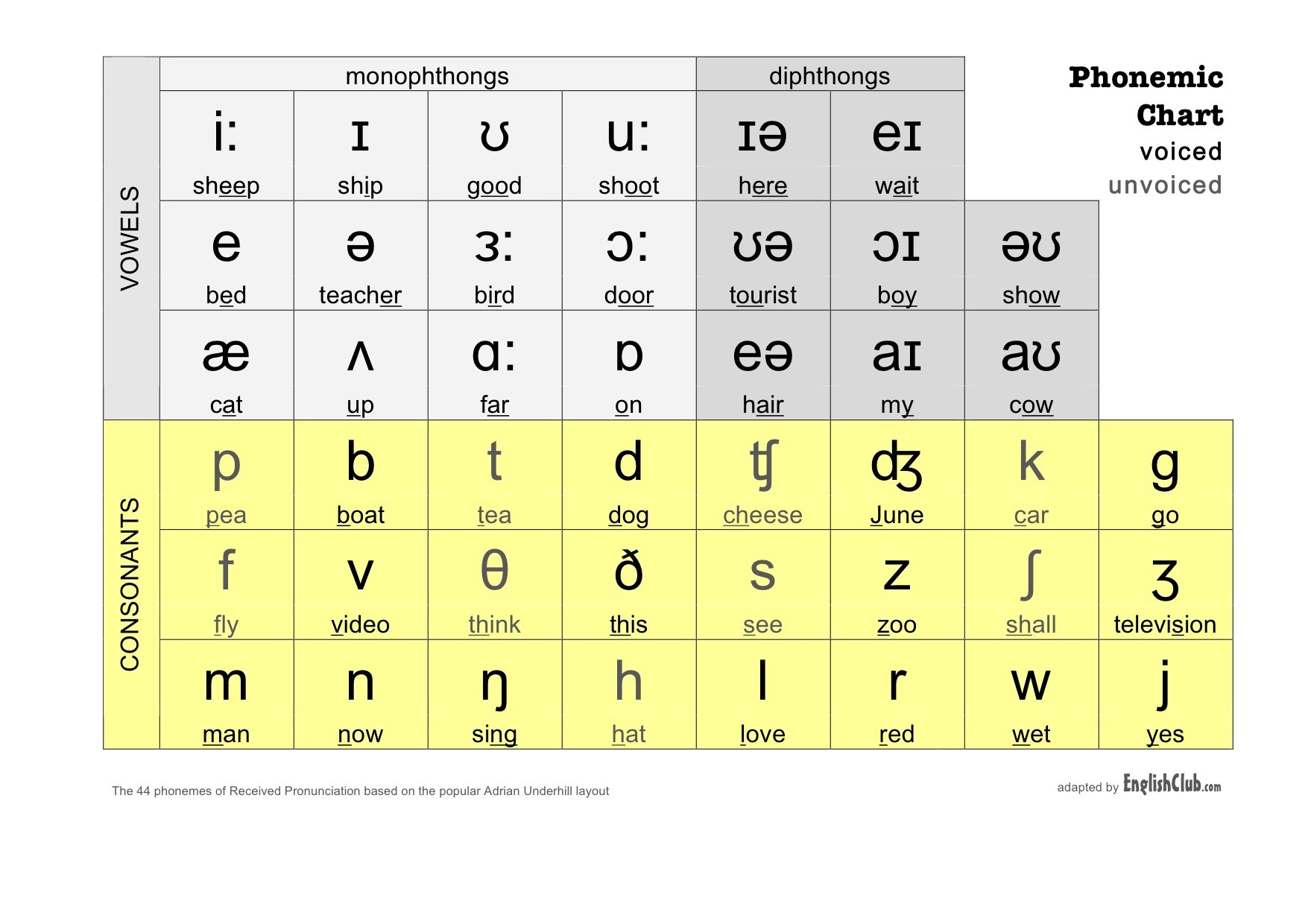
Warm up
—- * * FOR NEW STUDENTS ** ————————————— ————
- What industry do you work in and what is your role?
- What are your responses in your role / position?
- Can you describe to the function of your workplace / company?
- How many departments, how many offices. National or International?
- What are the minimum requirements for employment ie Education or Experience?
- How many opportunities are there to ‘move up the ladder’?
- What is the process for changing job roles ie Interview? Test?
————————————————– —— ——————————————– ——- —
General discussion about your workweek:
- Current projects? Deadlines? Opportunities?
- Anything of interest happening?
————————————————– —— ——————————————– ——–
Script
1. When the coronavirus started to impact life in the United States, banks and credit unions didn’t immediately shut down. Deemed essential businesses when state and local stay-at-home orders were enacted this spring, most financial institutions maintained in-person service in some form.
2. The branches in your area probably continued to offer a variety of services—from curbside to drive-up transactions—even if their lobbies weren’t open for walk-in transactions. And, of course, most financial institutions have online and mobile banking services that can replace many, if not most, in-person transactions.
3. Still, concerns arose about whether banks would decide to close locations en masse while there was less foot traffic coming into branches. In an interview with the Financial Times in July, acting head of the Office of the Comptroller of the Currency (OCC) Brian Brooks said that, despite relaxed standards around temporary branch closures due to the pandemic, banks should not use the pandemic as a reason to close branches permanently.
4. Initial OCC data reviewed by Forbes Advisor shows that banks aren’t closing branches in a hurry. But they may be rethinking their long-term branch strategies.
Branch Closures Haven’t Increased During the Pandemic
5. When a bank wants to close a branch, it doesn’t just lock the doors and take down its signs. Banks must file a closure notice—with the OCC, the Federal Reserve Board or the FDIC—at least 90 days before they intend to close a branch, and must notify customers at least 90 days before the proposed closure. The same goes when a bank wants to relocate a branch beyond a short distance.
6. Banks don’t need to provide such notice when they close branches for temporary reasons like natural disasters, but if the decision is made not to reopen that branch, the bank must then file notice with the appropriate agency.
7. The rules are different for credit unions. Federally insured credit unions are not required to provide notice of intent to close a branch, but state-chartered credit unions may have requirements in their state. (This does not mean that credit union customers are not notified.) Some banks have made recent announcements about their branch strategies during the ongoing Covid-19 pandemic in the U.S.
8. PNC Bank, for example, has said it will double the branch closures it originally planned for 2020, closing 160 rather than 80 or 90, according to the Charlotte Business Journal. The Pittsburgh-based bank may close as many as 120 branches in 2021. Wells Fargo, the largest bank in the U.S. based on the number of branches, has said it plans to reduce its number of branches from 5,400 to 4,000 eventually, and announced 65 branch closings during the first two weeks of July.
9. But overall, bank branch closure notifications submitted to the OCC have not increased during the pandemic. From March through August 2020, 893 branch-closing notifications were submitted. During the same period in 2019, 967 were submitted—that’s a decrease of nearly 8%.
10. “It’s hard to close a branch,” says Richard Walker of Deloitte Consulting, due to regulatory requirements. He adds that some banks have announced they won’t lay off employees during the pandemic. Delaying or avoiding branch closures makes it easier to keep staffers in place.
Branches Still Have Value, But Are Likely to Evolve
11. Walker expects branch numbers to stay flat throughout the pandemic, between branch openings and closures. But among his regional bank clients, he’s not hearing about plans to leave specific neighborhoods or entire cities. “Banks still view branches as a critical part of their footprint,” he says. Customers may visit branches less often as they adopt more online and mobile banking tools. But when they do visit a branch, he explains, they spend more time there and do more, batching their tasks into a single visit.
12. Greg Michlig, chief engagement officer at Credit Union National Association (CUNA), says that CUNA’s member credit unions reported branch traffic decline of about one third during the pandemic. But they saw an increase in requests for informational meetings at branches—in part for credit union members to get help navigating online and mobile banking tools.
13. “There’s always been a desire for credit unions to continue to have that in-person presence,” Michlig says. Among CUNA’s membership, there’s discussion of repurposing branches instead of closing them. Instead of walking in and seeing lines for the teller, you may primarily visit your branch to sit down and talk with a staff member about your financial needs, Michlig says. Or, if a branch has extra space, it could provide a meeting room for local organizations, or offer financial well-being programming in that space.
14. The coronavirus may accelerate the redesign of branch spaces, Walker says, but changes in that vein need to continue to focus on customer needs. “Customers want advice, convenience and consistent service,” he says, for the entire life cycle of their finances. The branch is still a good place to build on and expand the engagement that often starts with the convenience of online and mobile tools.
15. Bruce Van Saun, chair and CEO of Citizens Financial Group, agrees with that sentiment. “I think there’s a goal for branches turning into more advice centers than transaction centers as they were in the past,” he says. There may be fewer branches across the country when you look back five or 10 years from now, Van Saun says. But some banks are focusing on putting branches in new places to expand their presence, while thinning branch density in more saturated areas.
Discussion
1. What bank do you use? what do you think about it?
2. How often do you use a credit card or a debit card to pay for your basic necessities?
3.
Do you think we will become a cashless society as a result of the pandemic?
Phonetic Chart



